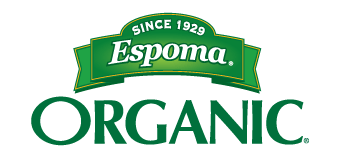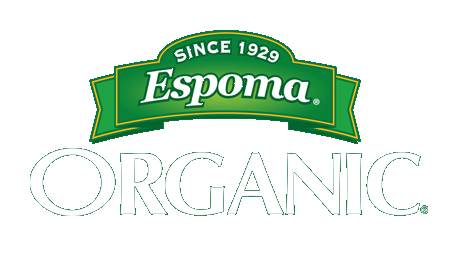Terms & Definitions
Acid soil
Soil with a pH below 7.0. [Definition of pH is below]
Alkaline soil
Soil with a pH above 7.0 [Definition of pH is below]
Amendment (soil)
Any substance such as lime, gypsum, or sulfur used to alter the properties of a soil, generally to improve its physical properties.
Annuals
Plants living one year or less. During this time the plants grows, flowers, produces seeds, and dies.
Biennial
A plant that completes its life cycle within two seasons.
Biosolids (sewage sludge)
A byproduct produced by wastewater treatment processes that has plant nutrient content. [Espoma does NOT use any sewage sludge in its products because it may be harmful to human health and the environment.]
Chlorosis
A condition in which a plant or a part of a plant is light green or greenish yellow because of poor chlorophyll development.
Clay
Soil material containing more than 40% clay, less than 45% sand, and less than 40% silt. [Clay soils are hard and compact, and do not allow water, air and roots to penetrate. See gypsum for possible solution.]
Compost
A mixture of organic residues and soil that has been piled, moistened, and allowed to decompose biologically.
Deciduous
Refers to trees and shrubs that lose their leaves every fall.
Evergreens
Refers to trees and shrubs that retain their leaves throughout the year.
Fertilizer
Any substance containing one or more recognized plant nutrients that is used for promoting plant growth.
Filler
A substance added to fertilizers to provide bulk, prevent caking or serve some purpose other than providing essential plant nutrients.
Humus
The stable fraction of the soil organic matter remaining after the major portion of plant and animal residues have decomposed. [Helps improve soil structure.]
Leach
To remove soluble materials from soil with water.
Mulch
Any material such as straw, leaves, and loose soil that is spread upon the surface of the soil to protect plant roots from the effects of rain, soil crusting, freezing or evaporation.
Natural Organic Fertilizer
Materials derived from either plant or animal products containing one or more elements (other than carbon, hydrogen and oxygen) that are essential for plant growth. [Espoma broadens this definition to include natural minerals as well.]
Organic Fertilizer
A material containing carbon and one or more elements other than hydrogen and oxygen essential for plant growth. [This is the chemist approach used by state regulators.]
Perennial
A plant that grows indefinitely from year to year and usually produces seed each year.
pH
A measure of acidity or alkalinity of a soil. When soil pH is not in the proper range, nutrient uptake can be hindered.
Sewage Sludge
See biosolids above
Sidedressing
Applying plant food on the soil close enough to the plant so that cultivating or watering carries the plant food to the plant’s roots.
Thatch
Layer of tough, brown, fibrous material on top of the soil composed of roots, stems, and stolons (above-ground roots) that haven’t broken down yet. When excessive, it can cause shallow root development due to poor water infiltration.


